A reactive bowling balls is a remarkable sort of ball that answers the lane’s surface, giving bowlers better control and more power. It’s made with an uncommon cover stock that helps it get a handle on the lane better and make more catch and wind. This infers you can change your shot to different lane conditions for further developed results. Whether you’re a fledgling or a seasoned professional, a reactive bowling balls can help you chip away at your game and score higher. Research how these unrivaled show balls can take your bowling to a more elevated level!
All things considered, you can find section level reactive bowling balls valued at around $50 to $100. Mid-range decisions ordinarily range from $100 to $150, offering better execution and strength. For premium reactive bowling balls with state-of-the-art features and cutting edge development, expenses can outperform $150, coming up to $200 or more. Recall that expenses could contrast considering factors like brand reputation, materials used, and unequivocal features publicized. It’s basic to consider your capacity level, playing style, and monetary arrangement while picking the right reactive bowling ball for you.
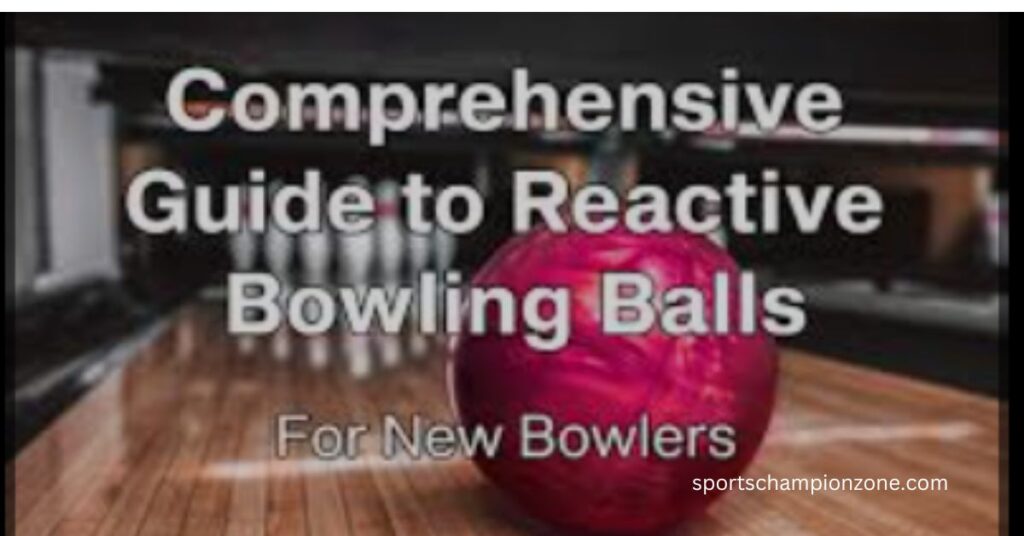
Introduction to Reactive Bowling Balls
Open bowling balls are like the superheroes of the bowling scene. They’re not your normal balls. These balls have remarkable capacities that help them with answering the way conditions. Right when they roll down the way, they don’t just go straight like ordinary balls. They can curve and catch, making them pretty cool gadgets for bowlers who need to get those strikes!
Brief Overview of Differences: We ought to talk about how open are not exactly equivalent to various types. Some are made with different materials and have different plans. In any case, responsive bowling balls stand separately considering their excellent cover stock. This cover stock helps them hold the ball better and make that astonishing catching movement that bowlers love.
Components of Reactive Bowling Balls
Reactive bowling balls have a special outside layer called the cover stock. This cover stock looks like the skin of the ball, and it contacts the lane when you roll it. There are two basic kinds of cover stock materials: resin and urethane.
1• Resin Cover Stock: Resin cover stocks are exceptionally difficult to get a handle on. They make a lot of contact with the lane surface, which helps the ball catch and curve more. Imagine little grabbers on the external layer of the ball that catch onto the lane.
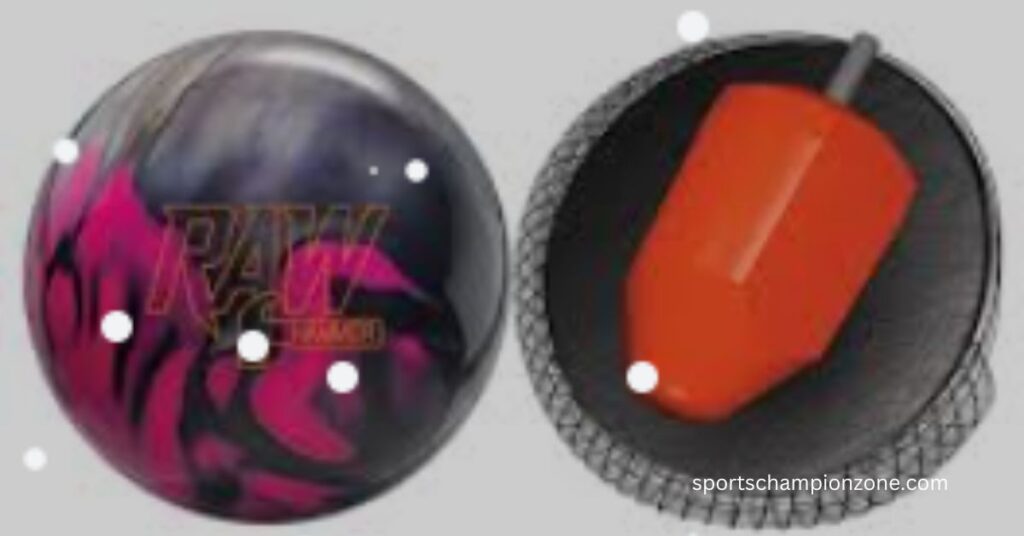
2• Urethane Cover Stock: Urethane cover stocks are smoother and stand out from pitch. They really make some crushing, but rather very tar. This suggests the ball will have a more controlled and obvious development on the lane.
Core Design: Symmetrical vs. Asymmetrical
Inside the bowling ball, there’s something many allude to as the middle. It looks like the ball’s engine. Give it the power and direction to drop down the lane.
1. Symmetrical Core: Adjusted focuses look like changes in engines. They make the ball roll easily and regularly. It looks like driving a vehicle on a straight road with practically no shocks.
2 • Asymmetrical Core: Lopsided focuses are more like first class execution engines. They give the ball extra kick and power, making it catch and curve even more strongly. Like driving a game, a vehicle can make troublesome moves and accelerate quickly.
Interaction Between Cover stock and Core
The cover stock and core cooperate like a special pair. Exactly when you roll the ball, the cover stock holds the lane and makes grinding easier. All the while, the middle gives the ball its unrest and heading. It looks like cooperation, in actuality, with each part accepting for the time being that it is its part to make the ball move how you really want it to.
Role of Surface Texture and Finish
The external layer of the bowling ball similarly has a significant effect in the way it follows up on the lane. Imagine accepting the ball’s surface was unsavory like sandpaper. It would cause a lot of disintegration in the lane, making it catch more. Of course, accepting that the surface was smooth like glass, it would skim even more effectively and have less catch potential.
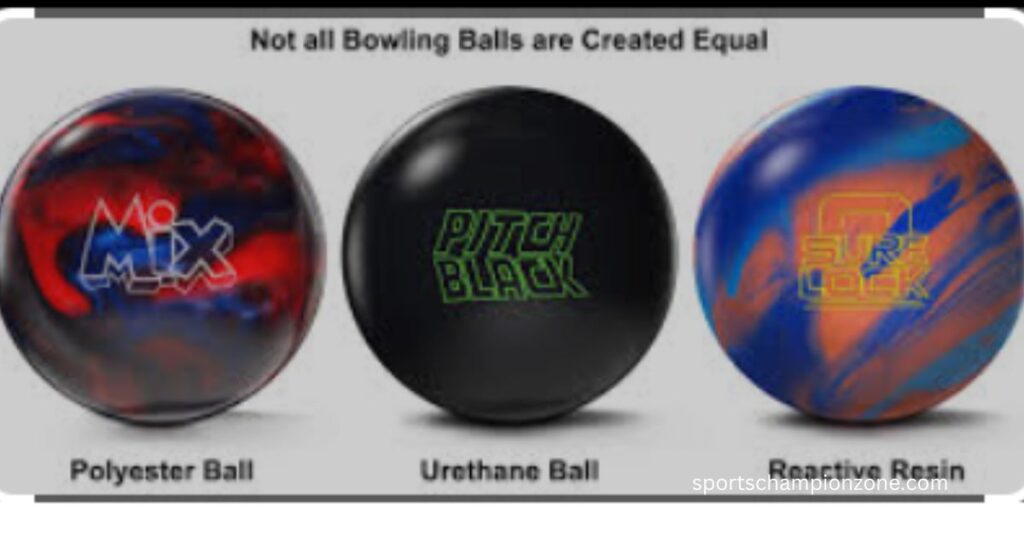
Explanation of “Reactive” in Reactive Bowling Balls
“Reactive” in reactive bowling balls suggests that these balls answer the conditions of the bowling lane. Consider it witchcraft! Right when the ball rolls down the lane, it doesn’t just remain there, it associates with the surface in excellent ways. This correspondence helps the ball catch and twist as opposed to just moving straight. It’s like the lane where a magnet answers metal, yet in this present circumstance, it’s the ball answering the lane.
How Cover Stock Reacts to Lane Conditions and Friction
We ought to talk about how the cover supply of the reactive bowling balls responds to the lane. If the way is smooth, the cover stock floats according to plan. Anyway, expecting to be it’s dry or has less oil, the cover stock holds the way, making scouring easier, making the ball catch and twist this contact. It looks like when you endeavor to walk around ice versus on cover — more disintegration infers more handle.
Mechanisms Behind Generating Rotational Energy
Rotational energy makes the ball turn as it rolls down the lane. In any case, how does the ball get this energy? To be sure, it looks like when you throw a turn-top. Right when you release the ball, your fingers give it a little curve. This bend creates rotational energy, making the ball turn as it pushes ahead.
Factors Influencing Hook Potential
Catch potential is how much the ball twists or catches as it rolls down the lane. There are two or three things that influence this:
1• Cover stock Grip: A gripper cover stock makes more disintegration with the way, provoking more catch potential.
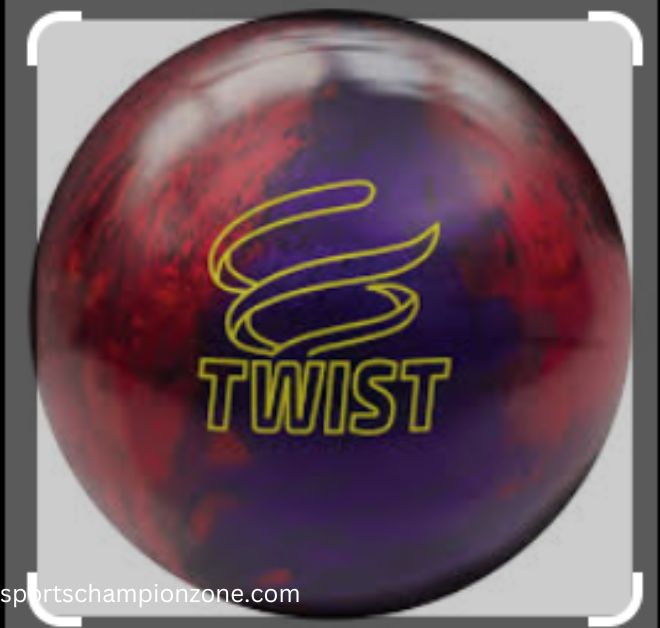
2• Core Design: Lopsided focuses can have more power, which adds potential.
3• Bowling Method: How you throw the ball—like your speed, fire up rate, and point—can in like manner impact catch potential. If you throw the ball faster with extra flames up and a more sharpened point, it is consistent to catch more.
4• Lane Conditions: How much oil is on the way and its apportionment can in like manner impact catch potential. Less oil infers more contact and truly captures movement.
Benefits and Advantages of Receptive Bowling Balls
Open bowling balls look like magic wands for bowlers since they can make some serious trapping movement. Exactly when you roll a reactive bowling balls, it doesn’t just go straight; it catches and curves unquestionably. Like having an obvious benefit helps you get those strikes regardless, when the bowling lanes are problematic.
Adaptability to Different Oil Patterns and Lane Conditions
Bowling lanes are like snowflakes; no two are exactly comparable. A couple of lanes have piles of oil, some have very little, and some have oil spread out in different models. This can make bowling a certifiable test since it suggests the ball answers differently in each way. However, here’s where open reactive bowling balls shimmer, they’re truly adaptable.
Reactive bowling balls can manage an extensive variety of lane conditions. Whether the way is smooth, dry, or some in the center between, these balls can change notwithstanding perform well. It looks like having a reactive bowling balls that is a chameleon; it can blend in with any environment yet get it done. This flexibility gives bowlers the assurance to deal with any lane they experience and helps them stay unsurprising, paying little mind to where they’re bowling.
Increased Pin Carry and Scoring Potential
Pin convey happens after you hit the pins with your bowling ball. Expecting the pins to scatter and bang each other down, that is extraordinary. Reactive bowling balls are perfect at growing pin convey by virtue of their trapping movement. Right when the ball guides into the pins, it makes more pin movement, sending them flying all over.
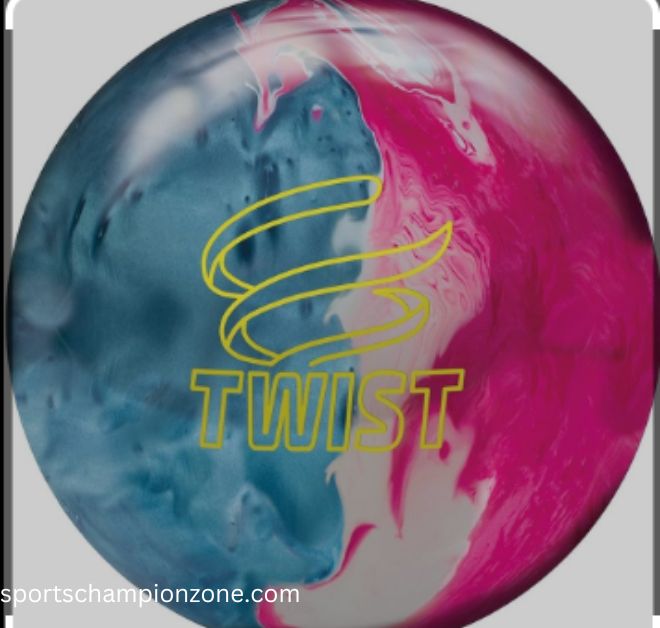
Versatility for Bowlers of Various Styles and Skill Levels
Maybe the best thing about responsive bowling balls is that they’re adaptable. They’re not just for capable bowlers or power players; they’re for everyone. Whether you’re a fledgling getting to know everything or a seasoned professional zeroing in on upping your game, a reactive bowling balls can help you get to a higher level. These balls show up in different loads, sizes, and plans to suit different styles and capacity levels. Whether you like to throw the ball firm or slow and smooth, there’s a responsive bowling ball out there for you.
This adaptability makes them a favorite among bowlers of all stripes and ensures that everyone can participate in the benefits of further developed execution on the lanes.
Bowler’s Technique: Speed, Rev Rate, Axis Rotation
Your method looks like your bowling superpower—it concludes how you throw the ball and how it drops down the way. There are several vital parts to consider:
1• Speed: This is the means by which you throw the ball. Faster speeds can help the ball go down faster, while additional sluggish speeds offer it extra chance to catch.
2• Rev Rate: Rev rate is the manner in which quickly the ball turns as it goes down the lane. More shoot up means more catch potential, while less discharge up leads to a straighter shot.
3• Axis Rotation: This implies where the ball turns. More turn upset makes more catch, while less turn keeps the ball on a straighter way.
Equipment Maintenance and Adjustments
Particularly like a vehicle needs standard upkeep to run true to form, bowling gear needs care too. Keeping your reactive bowling balls great and especially aware of it ensures ideal execution. Additionally, making acclimations to the ball’s surface and finish can help it get a handle on the way better or skim even more effectively, dependent upon the circumstances.
Understanding Ball Motion and Adjustment Strategies
At last, it’s fundamental to appreciate how the ball drops down the lane and how to change your technique properly. Focusing on ready development can help you arrive at informed decisions about speed, point, and focus. If the ball isn’t answering how you really want it to, knowing how to change your strategy or stuff can have a massive impact in dealing with your show.
How do you spin a reactive bowling ball?
To turn a reactive bowling ball, start with your hand arranged and ready. As you release the ball, turn your hand around the side, applying strain with your fingers and wrist. This makes for a turning development called “disturbances.” The more surprises, the more the ball catches as it rolls down the lane. Investigate various roads in regards to getting a handle on pressure and conveyance to find the right bend for your game.
What is a reactive bowling ball?
A reactive bowling ball is arranged with a cover stock that answers unequivocally to the lane oil plans. It holds the way better, making serious scouring and catching potential. This catching movement assembles the ball’s ability to twist towards the pins, working on its presentation. Reactive balls are leaned toward by bowlers searching for more significant control and power. They offer adaptability across various lane conditions, spreading the word about them well among both beginner and master bowlers.
What is a stronger bowling ball?
A more grounded bowling ball insinuates one with higher catch potential and, for the most part, execution. It regularly has a more powerful cover stock and a weight block expected to update its catching action. This blend allows the ball to hold the way better, connecting and achieving a more sharpened catch development. More grounded balls are leaned toward by bowlers who need extra power and control, especially on smooth lane conditions, to achieve better pin convey and higher scores.
How do professional bowlers spin?
Proficient bowlers turn the ball by delivering starts, or rebellions, through their hand and wrist development at release. They regularly use a fingertip hold, which thinks about more essential control and turns. By applying strain with their fingers and wrist in a specific course, they prepare a turning development’s surface. This turning movement, combined with the ball’s arrangement and lane conditions, chooses its direction down the lane.
Conclusion
Reactive bowling balls are something past sports equipment—they’re gigantic benefits in their own right. With their unprecedented arrangement and properties, these balls have changed how bowlers approach the game. From further developing catch potential to acclimating to various lane conditions, responsive bowling balls offer an enormous gathering of advantages that lift the bowling experience for players of all mastery levels.
All through this examination, we’ve uncovered the science behind open bowling balls, plunging into their parts, frameworks, and benefits. We’ve sorted out how the cover stock synthesis, focus plan, and collaboration between parts add to the ball’s show. We’ve further examined the advantages of responsive bowling balls, including their updated catch potential, adaptability to different oil plans, extended pin convey, and versatility for bowlers of various styles.
If you want to more detail and better information about this you can also visit:
